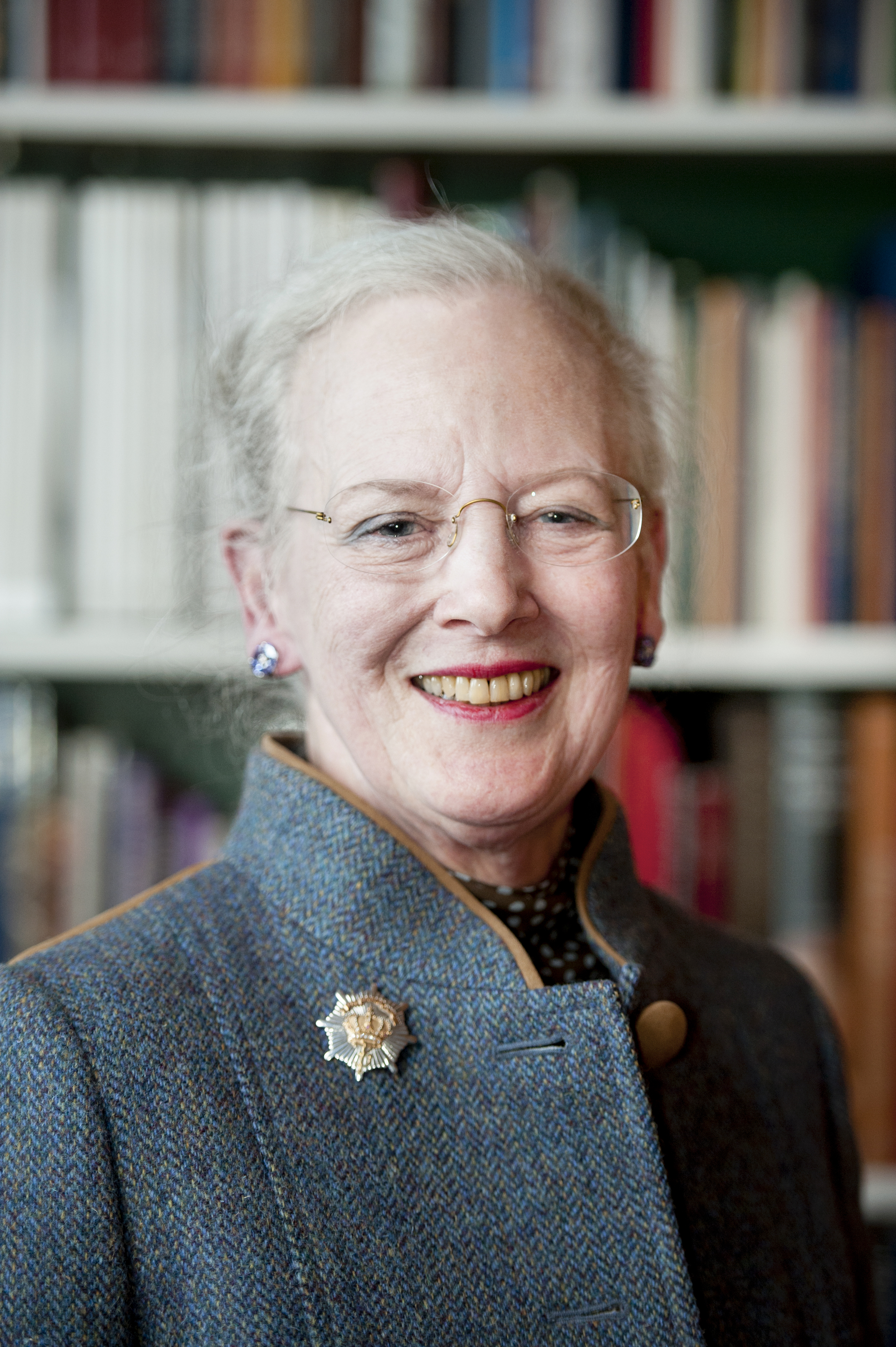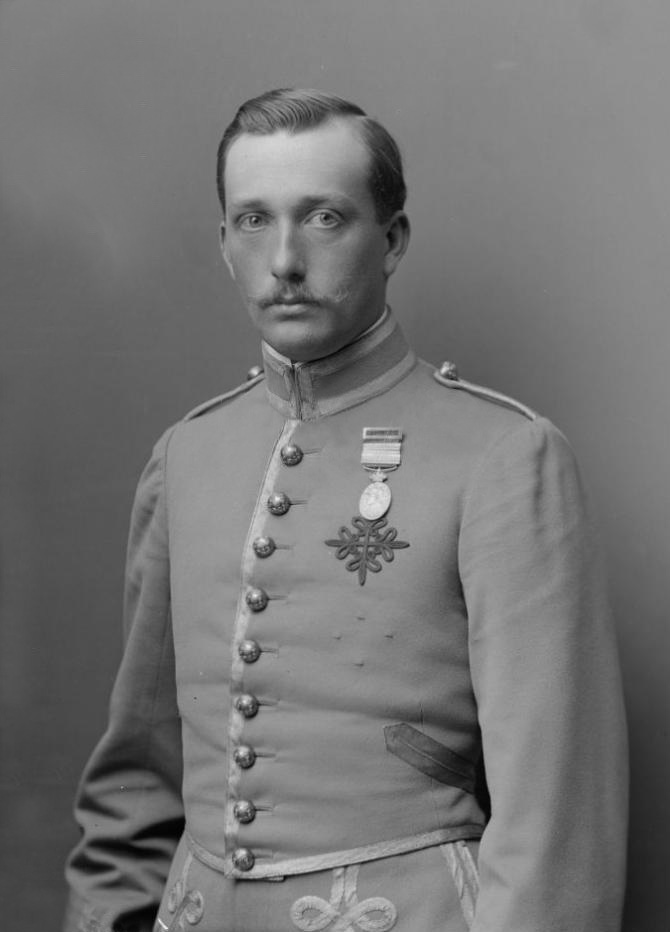by Scott Mehl
© Unofficial Royalty 2023
The Kingdom of the Two Sicilies was located in today’s southern Italy. It included the island of Sicily and all of the Italian peninsula south of the Papal States. Ferdinando I, the first King of the Two Sicilies, had previously reigned over two kingdoms, as Ferdinando IV of the Kingdom of Naples and Ferdinando III of the Kingdom of Sicily. He had been deposed twice from the throne of Naples: once by the revolutionary Parthenopean Republic for six months in 1799 and again by Napoleon in 1805, before being restored in 1816 after the defeat of Napoleon. After the 1816 restoration, the two kingdoms were united into the Kingdom of the Two Sicilies.
Vittorio Emanuele II, King of Sardinia became a driving force behind the Italian unification movement along with Giuseppe Garibaldi, a general and nationalist, and Giuseppe Mazzini, a politician and journalist. Garibaldi conquered Naples and Sicily, the territories of the Kingdom of Two Sicilies. Francesco II, King of the Two Sicilies was deposed, the Kingdom of the Two Sicilies ceased to exist, and its territory was incorporated into the Kingdom of Sardinia. Eventually, the Sardinian troops occupied the central territories of the Italian peninsula, except Rome and part of Papal States. With all the newly acquired land, Vittorio Emanuele II was proclaimed the first King of the new, united Kingdom of Italy in 1861.
********************
Prince Carlo of Bourbon-Two Sicilies, Duke of Castro is one of the current claimants to the headship of the House of Bourbon-Two Sicilies, and pretender to the throne of the former kingdom. He succeeded his father in 2008.

Prince Carlo of Bourbon-Two Sicilies, Duke of Castro; photo: By Rereader1996 – Own work, CC BY-SA 4.0, https://commons.wikimedia.org/w/index.php?curid=84255835
Prince Carlo Maria Bernardo Gennaro was born on February 24, 1963 in Saint-Raphaël, Var, France, the only son of Prince Ferdinando of Bourbon-Two Sicilies, Duke of Castro and Chantal de Chevron-Villette. He has two older sisters:
Prince Carlo was educated in France at the Institute of the Marist Fathers in Toulon, the College Stanislas in Nice, and the Universite Internationale Libre in Paris. Following university, he worked for several years managing a public relations firm in New York City. Upon returning to Europe, he worked with several large Italian companies.

Carlos’s wife Camilla Crociani – photo: Par ImperialArchivesRU — Travail personnel, CC BY-SA 4.0, https://commons.wikimedia.org/w/index.php?curid=113754227
On October 13, 1998 in Monaco, Prince Carlo married Camilla Crociani, daughter of Camillo Crociani and Edy Vessel, an Italian actress. The couple have two daughters:
- Princess Maria Carolina, Duchess of Palermo (2003)
- Princess Maria Chiara, Duchess of Capri (2005)
Upon his father’s death in 2008, Carlo succeeded him as one of the claimants to the former throne and headship of the House of Bourbon-Two Sicilies, along with his distant cousin, Infante Carlos, Duke of Calabria.
Six years later, in January 2014, the two branches of the house signed an Act of Reconciliation, ending over 50 years of feuding. Both branches agreed to work toward overcoming the “obstacles which stand in the way of peace and family harmony.” There was no mention of which branch was the rightful claimant to the headship of the House of Bourbon-Two Sicilies. Prince Carlo and Prince Pedro (who succeeded his father Infante Carlos in 2015), continued to work toward reconciliation, but an announcement by Prince Carlo in 2016 put an end to their efforts.
On May 14, 2016, Prince Carlo announced that, as he had no male heirs, he was changing the rules of succession to allow his elder daughter to succeed him. Prince Pedro objected as it was in direct conflict with the laws and rules of the former Kingdom of Two Sicilies. This declaration seems to have ended any attempts at reconciliation between the two branches of the family,
* * * * * * * * * *
Kingdom of the Two Sicilies Resources at Unofficial Royalty
* * * * * * * * * *
This article is the intellectual property of Unofficial Royalty and is NOT TO BE COPIED, EDITED, OR POSTED IN ANY FORM ON ANOTHER WEBSITE under any circumstances. It is permissible to use a link that directs to Unofficial Royalty.












